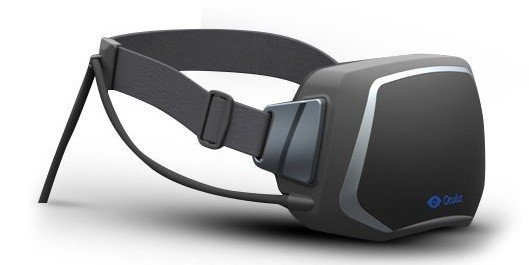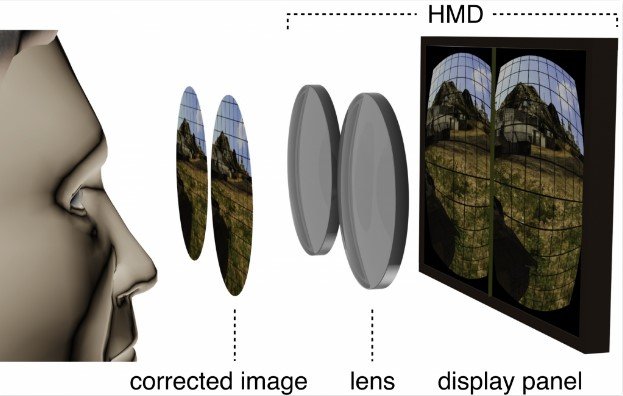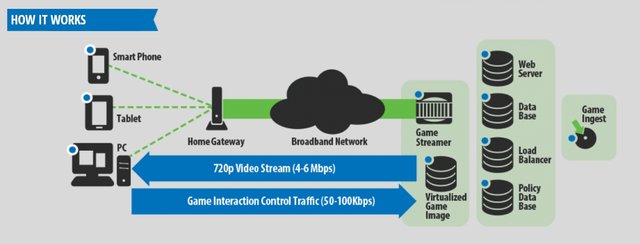The Future of Gaming (HMD & Cloud Gaming)
The Future of Gaming
The gaming industry has had a major technological evolution of late, with the rebirth of VR (virtual reality), more commonly known as 3D technology, the surge of Indie games and the introduction of secondary devices for gaming. The gaming community constantly looks for innovation and demands a better gaming experience in terms of gameplay and visuals, pushing game developers and publishers to the max.
Today’s gaming on current gen consoles, PS4, Xbox One and on supercharged liquid cooled PC’s is fun, visually appealing and captivating. Recent AAA releases, such as FarCry 4, Destiny, Dying Light, Grand Theft Auto 5 and Middle-earth: Shadow of Mordor, sport huge open-world environments with gorgeous graphics, immersive gameplay and stunning realistic visual effects. It seems that these games and many others squeeze every resource out of the current gen consoles, and have high requirements for PC’s to run at maximum quality. Which leaves one wondering: What’s the next step for the gaming industry?
The features of emerging, futuristic gameplay:
Become immersed in a virtual reality gaming experience
Virtual reality technology has been around for some time now, most of us first experiencing it to its full potential in the blockbuster movie, Avatar. 3D technology has only recently been implemented in the gaming industry, making it hard for some to tell a video game from real-life scenarios. Such major improvements have made it possible to take gaming to the next level, with flawless transition from cut-scenes to gameplay, giving gamers a unique perspective on VR gaming.
HMD (head-mounted display)

Oculus Rift, created by Palmer Luckey, is a VR head-mounted display device that looks like a potential game changer. The Oculus has immersive stereoscopic 3D rendering, a tremendous field of view of 107 degrees and a quick-response head-tracking system. All this scientific talk of its capabilities might make you lose interest, but know that it has managed to get the attention of major brands like Sony and Microsoft. The Oculus Rift was the crowd’s favourite at various gaming conventions, where it was commended for its innovative design. Huge game developers have given it rave reviews. The HMD technology promises to be the next trend in the gaming industry, especially in the horror-game genre, as it enhances the scare factor and creates an entirely new perspective in terms of how users experience horrific scenery.

Cloud Gaming
The gaming industry today requires a stable and high speed internet connection for a full gaming experience. A good fibre optic broadband internet connection is a must for current gen consoles and PC users, to get the full experience of multiplayer gameplay. Some games require an internet connection even for single player gameplay, such as Destiny.
Sony purchased Gaikai, the world’s largest cloud gaming service back in August 2012, and is currently working on implementing it on the PlayStation 4 console. Cloud Gaming is a strong contender to the title of all-time game changer, as it promises to make games as accessible as movies and music. Cloud Gaming enables the user to receive updates, patches and DLC content for triple A games; this information is stored in the cloud and accessible via stable fibre optic broadband internet connection. Not only will Cloud Gaming make games and updates more accessible, but also cheaper.

The future of gaming has always been unpredictable. Some of the most innovative concepts ever developed have strayed from their intended paths one too many times or disappeared in the mist, leaving a sense of regret and disappointment. This has always been the beauty of the gaming industry; its unpredictability and its constant technological advancement. So strap-up, keep arms and legs inside the ride at all times and enjoy the unpredictable fun and exciting ride that the future of gaming promises to offer.

I am really excited to see the future of VR. Really fascinating possibilities.
It's exciting times for Oculus. They're already having companies like Audi and Siemens getting involved in some of their promo stuff. Hopefully it's just a matter of time for the bell curve to transition from the early adopters to the early majority. Who knows where it could go. With the likes of Pokemon Go now making a seriously hard run with the mass public it could be sooner than we think. If only they were to making it more interactive, all I have seen is large groups together but not actually able transfer anything from device to device.